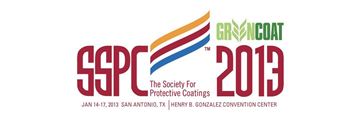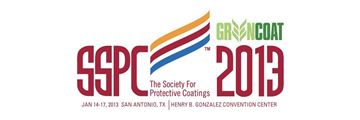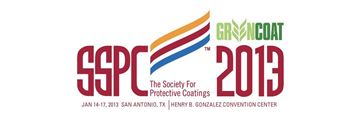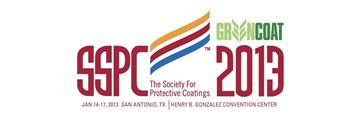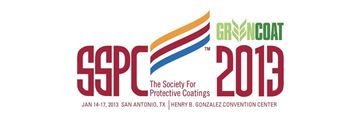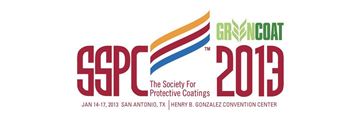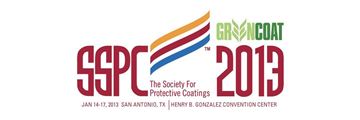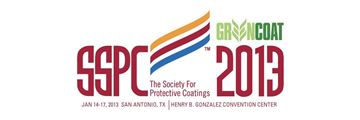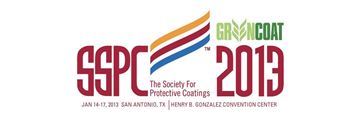Search
Products tagged with '2013 Conference Papers'
View as
Sort by
Display
per page
Standard of Care’ for Coatings Inspection
Product Number:
41213-728-SG
Publication Date:
2013
$20.00
Steps to a More Effective Blasting Operation
Product Number:
41213-730-SG
Publication Date:
2013
$20.00
Successful Bridge Painting in the Northeast during the Winter Months, Pros and Cons from Owner and Contractor
Product Number:
41213-805-SG
Publication Date:
2013
$20.00
Surface Comparison Profile - A Comparison of Measurement Methods
Product Number:
41213-731-SG
Publication Date:
2013
$20.00
TCEO Coating Hot Topics and Regulatory Resources
Product Number:
41213-792-SG
Publication Date:
2013
$20.00
Test Method Development for Improved Laboratory Accelerated Weathering of High Performance Coatings
Product Number:
41213-803-SG
Publication Date:
2013
$20.00
The Application of Molecular Microbiological Methods for Early Warning of MIC in Pipelines
Product Number:
51313-02029-SG
ISBN:
02029 2013 CP
Publication Date:
2013
$20.00
The Critical Truth Regarding Aerospace Coatings in the 21st Century
Product Number:
41213-795-SG
Publication Date:
2013
$20.00
The Evaluation and Use of OAP Coatings for KYTC Bridge Maintenance Painting
Product Number:
41213-806-SG
Publication Date:
2013
$20.00
The Good, Bad and Ugly after 35 Years Involved in Coatings
Product Number:
41213-735-SG
Publication Date:
2013
$20.00
The New Concept of Failure of Thin Organic Films by a Combination of Optical Shearography and EIS
Product Number:
51313-02028-SG
ISBN:
02028 2013 CP
Publication Date:
2013
$20.00
The Next Step in Solar Reflectance Testing for Roofing Products
Product Number:
41213-763-SG
Publication Date:
2013
$20.00

